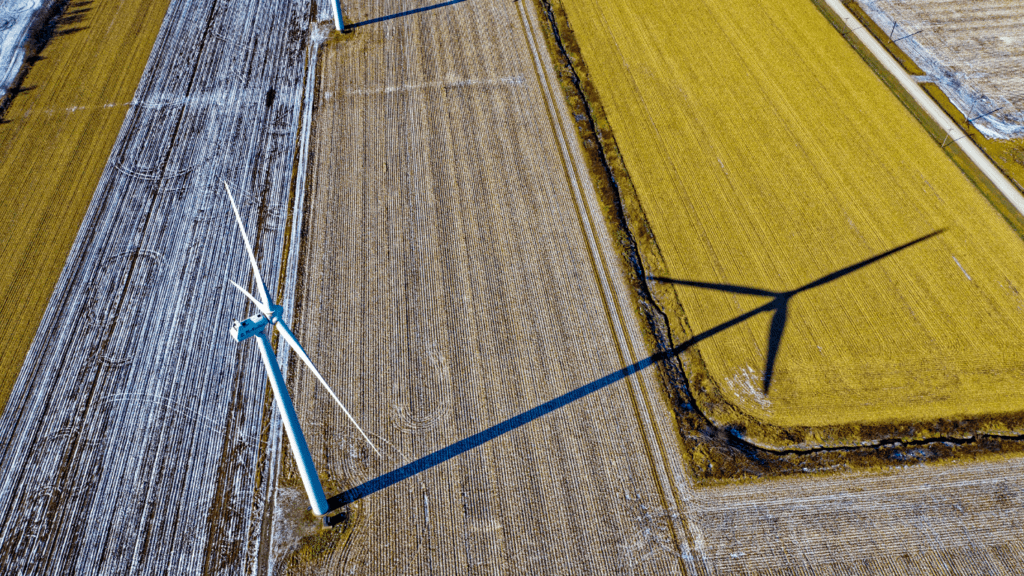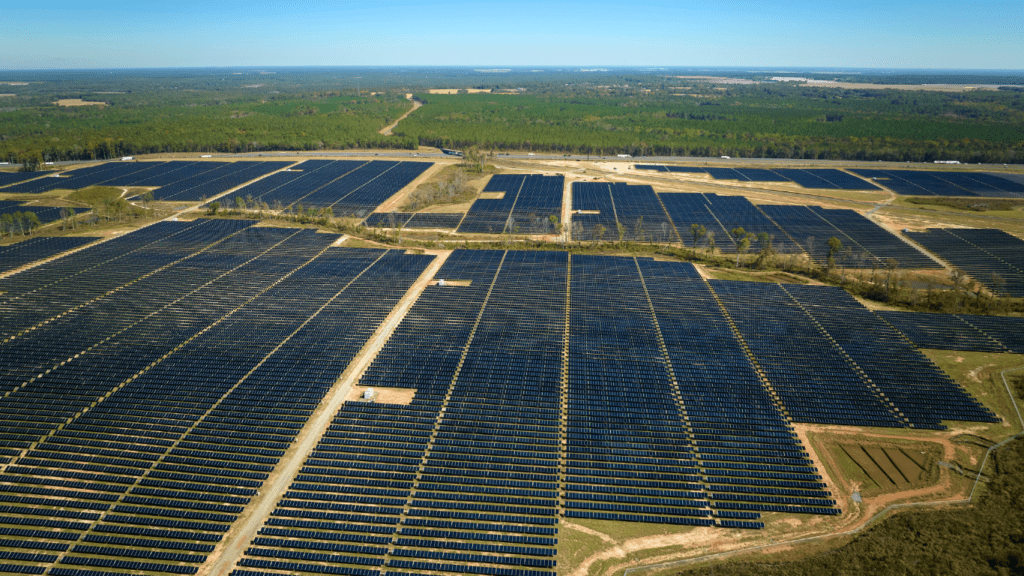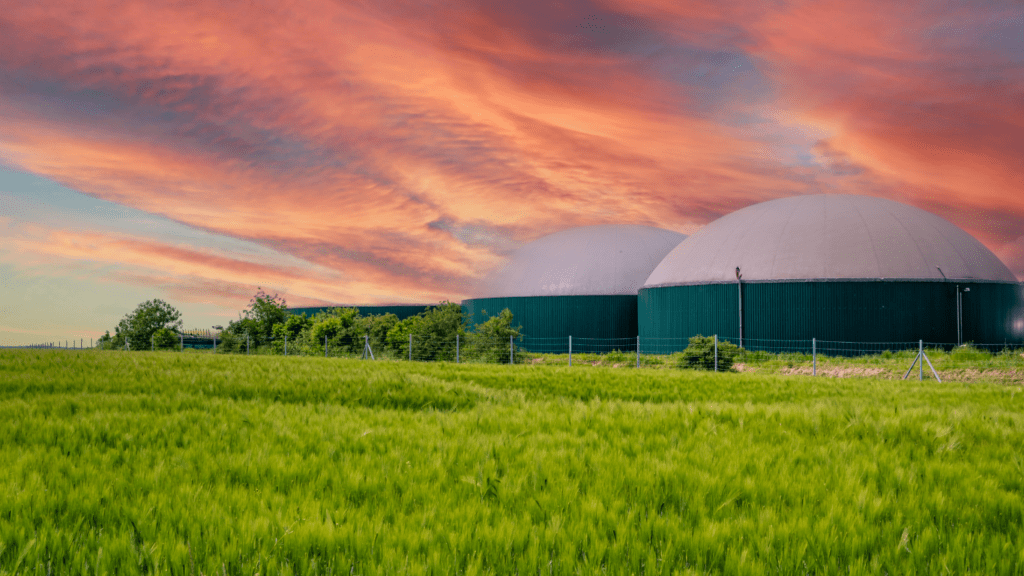Solar Energy Systems
Many farms have shifted to solar energy systems to harness abundant sunlight. Solar power offers several benefits, making it an attractive option for modern agriculture.
Benefits of Solar Panels
Solar panels reduce electricity costs by converting sunlight into energy. They enable farms to power machinery, irrigation systems, and lighting without relying on fossil fuels.
By decreasing dependency on traditional power sources, farmers cut greenhouse gas emissions. Solar installations require minimal maintenance, making them convenient for farm operations. Installing solar panels also increases farm property value and can qualify for tax incentives or rebates.
Installation Considerations
Proper site selection ensures optimal solar panel efficiency. Farms must assess sunlight exposure throughout the year and avoid shading from trees or buildings.
Roof-mounted panels are suitable for barns and storage facilities, while ground-mounted panels are an option for open fields. Farmers need to consult with professional installers to evaluate the structural integrity of mounting surfaces. Energy storage solutions like batteries are essential to store excess energy generated during sunny periods.
Cost and ROI
The initial investment in solar energy systems varies by installation size and type. However, long-term savings on energy bills often justify the upfront costs. For example, a 10-kilowatt (kW) solar panel system can cost between $20,000 and $30,000 but provides significant savings over its 25-30 year lifespan.
Government grants, tax credits, and incentives can lower the financial burden. Farmers generally see a return on investment (ROI) within 5-10 years, depending on energy consumption and system efficiency. By reducing operational costs, solar energy systems enhance farm profitability in the long run.
Wind Energy Solutions

Wind energy is another renewable energy solution that’s transforming modern farms. From small-scale wind turbines to large-scale wind farms, wind power offers significant benefits for agricultural operations.
Small-Scale Wind Turbines
Small-scale wind turbines, designed for individual farms, can produce 5 to 20 kilowatts of power. These turbines frequently power equipment like water pumps and small irrigation systems. On a 50-acre farm, a single small turbine can provide about 50% of the annual energy needs.
Popular models include the Bergey Excel 10 and the Skystream 3.7. Farmers often install these turbines on properties with adequate wind speeds of 10-12 mph to ensure optimal performance. Investing in a small-scale turbine can reduce electricity costs, provide energy independence, and contribute to a more sustainable farm operation.
Large-Scale Wind Farms
Large-scale wind farms, which consist of multiple turbines, often generate hundreds of megawatts of electricity. Unlike small-scale turbines, these farms produce excess energy fed back into the grid, often resulting in financial gains for the farm.
For example, a wind farm with 10 turbines, each generating 2 megawatts, can substantially lower operating costs. Leading examples include the Alta Wind Energy Center and Shepherds Flat Wind Farm.
Installing a wind farm requires substantial initial investments and land area but yields significant long-term benefits, including energy reliability and additional revenue streams through power purchase agreements (PPAs).
Maintenance and Efficiency
Maintaining wind turbines, whether small or large, is essential for ensuring efficiency and longevity. Common maintenance tasks include blade inspection, gearbox oil changes, and monitoring control systems.
Scheduled maintenance every six months can result in a 20% increase in turbine efficiency. Farms can use predictive maintenance technologies, employing sensors and data analytics, to predict issues before they lead to major disruptions.
Engaging qualified technicians for regular inspections helps maintain optimal performance and extends the turbine lifespan, ultimately maximizing the return on investment and ensuring continuous energy production.
Biomass Energy
Modern farmers are turning to biomass energy for sustainable solutions. This renewable source utilizes organic materials, offering an efficient alternative to fossil fuels.
Types of Biomass Fuel
Biomass fuels come in various forms, each suited for different applications:
- Wood and Wood Residues: Utilize energy from sawdust, firewood, and wood chips.
- Agricultural Residues: Harvest energy from crop residues such as corn stalks and straws.
- Animal Manure: Generate biogas through anaerobic digestion of livestock waste.
- Energy Crops: Grow specific crops like switchgrass and miscanthus for biomass production.
- Organic Municipal Solid Waste: Convert household waste to energy through processes like gasification.
Advantages of Biomass Over Fossil Fuels
Biomass offers several distinct benefits compared to fossil fuels:
- Carbon Neutrality: Biomass emits CO2 that plants previously absorbed, balancing the carbon cycle.
- Waste Reduction: Converts agricultural and municipal waste into valuable energy resources.
- Energy Independence: Reduces reliance on imported fossil fuels, enhancing energy security.
- Job Creation: Promotes local employment in biomass production and processing sectors.
- Soil Enrichment: By-products like biochar improve soil quality and agricultural productivity.
Implementation Challenges
Despite its benefits, biomass energy presents certain challenges:
- Initial Costs: High upfront investment for biomass processing facilities and equipment.
- Feedstock Supply: Requires consistent, reliable supply chains for biomass materials.
- Efficiency Variations: Energy output can vary based on feedstock type and processing methods.
- Land Use: Growing energy crops may compete with food production or natural habitats.
- Technological Development: Ongoing research necessary to improve conversion technologies and reduce costs.
Incorporating biomass energy in modern farming requires addressing these challenges but offers substantial potential for sustainable, efficient, and resilient energy solutions.
Hydropower
Hydropower offers reliable, renewable energy for modern farms using water flow to generate electricity. Farms near water sources can harness this energy with effective systems.
Micro-Hydropower Systems
Micro-hydropower systems provide power for individual farms. These systems, generating up to 100 kW, can power irrigation pumps, lighting, and other essential equipment.
Installation involves minimal environmental disruption, making it suitable for small to medium-sized farms. For farms with consistent water flow, micro-hydro systems offer dependable year-round energy.
Water Source Considerations
Water sources play a critical role in hydropower feasibility. Farms must evaluate flow rate and water volume to determine potential energy output.
Streams, rivers, or reservoirs on the property increase suitability for micro-hydro systems. Seasonal variations in water availability also impact consistent energy generation. Consider potential water rights and regulatory issues when planning.
Environmental Impact
Hydropower systems have relatively low environmental impact. Micro-hydro installations involve less habitat disruption than large dams. However, farms must assess potential effects on aquatic life and water quality.
Implementing fish-friendly turbines and maintaining water flow can mitigate negative impacts. Overall, hydropower improves farm sustainability without significant ecological damage.
Geothermal Energy
Geothermal energy offers a sustainable, efficient solution for heating and cooling farm buildings. By harnessing the Earth’s constant sub-surface temperatures, farms can reduce reliance on fossil fuels and lower energy costs.
Ground Source Heat Pumps
Ground source heat pumps (GSHPs) transfer heat between the ground and farm buildings. They operate by circulating a fluid through underground pipes, absorbing heat in the winter and releasing it in the summer. For example, a system might use a series of pipes buried in a large field or a vertical loop installed in a drilled shaft.
Installation Requirements
GSHP installation involves significant preparation. I need ample space for horizontal loops or must bore deep enough for vertical loops if space is limited.
A proper site assessment ensures soil conditions and water availability meet system needs. Installation includes excavation, piping, and connecting the system to the farm’s existing heating and cooling infrastructure.
Cost and Benefits Analysis
Initial costs for GSHPs vary but typically range from $10,000 to $30,000. However, I can recover these costs through energy savings within 5 to 10 years. Benefits include reduced energy bills and minimal environmental impact.
According to the U.S. Environmental Protection Agency, GSHPs can achieve energy efficiencies 3-6 times higher than traditional systems.



